Painted terracotta
Length: 25.5 cm
H without base: 19 cm
H.with base: 21 cm
Provenance: old French collection from the 1970s
Provenance: Former French collection from the 1970s
This terracotta horse, crafted in the 3rd century BCE, originates from Canosa, an ancient city in Apulia, a region in southeastern Italy. The sculpture depicts a stylized horse standing on a rectangular plexiglass base from the 1970s. The details of the mane, head, and musculature are finely modeled, reflecting a sense of realism characteristic of Hellenistic art.
The surface of the sculpture is adorned with polychrome paint, now faded, but originally revealing colorful motifs that highlighted the horse's key features.
Canosa, integrated into the Greek sphere from the Archaic period, was a significant center to produce ceramics and terracotta figurines during the Hellenistic era. These objects, often intended for funerary use, are frequently found in tombs, where they accompanied the deceased as offerings or symbols of a serene afterlife.
The horse is a recurring figure in Greek and Italo-Greek iconography, embodying values of strength, nobility, and prestige. In funerary contexts, it often symbolizes the transition between the world of the living and the afterlife.



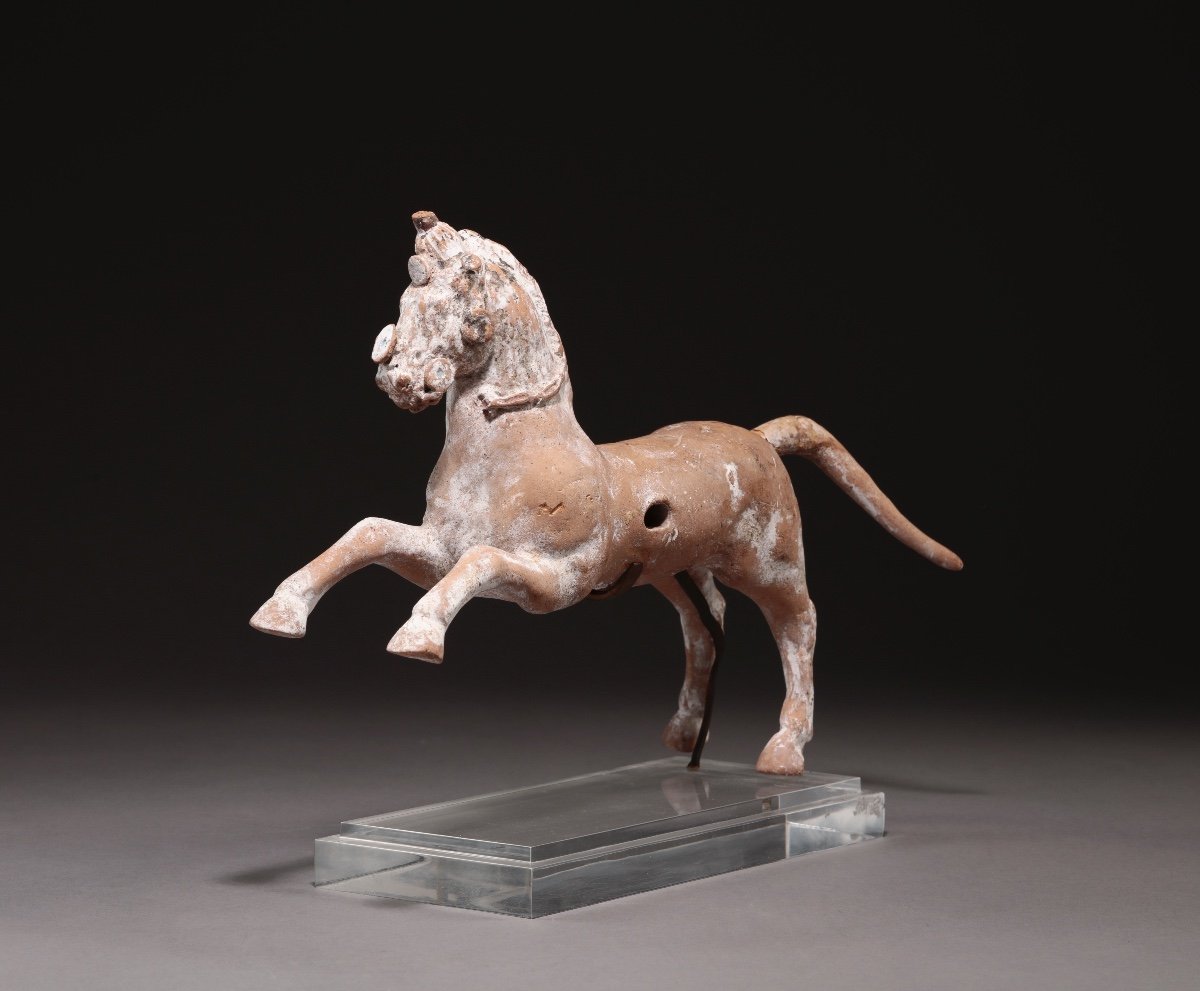


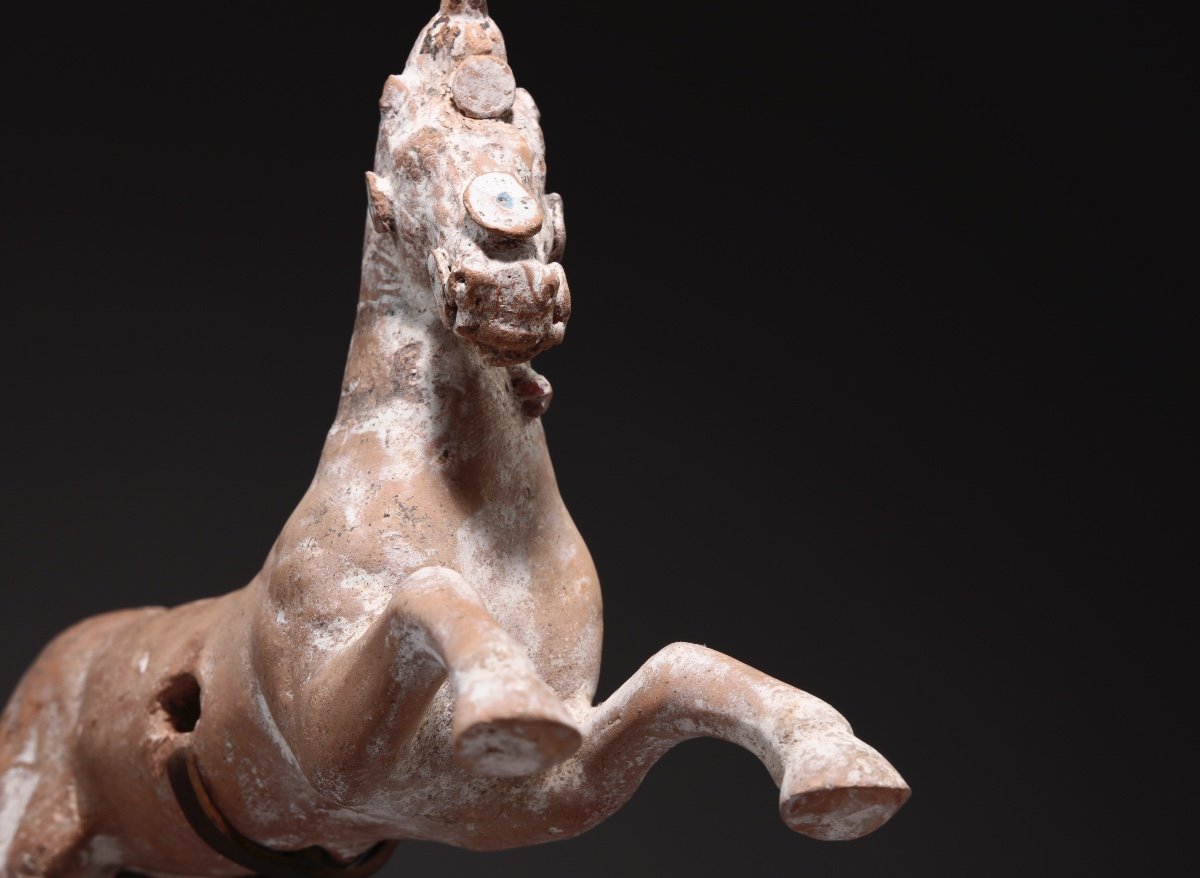
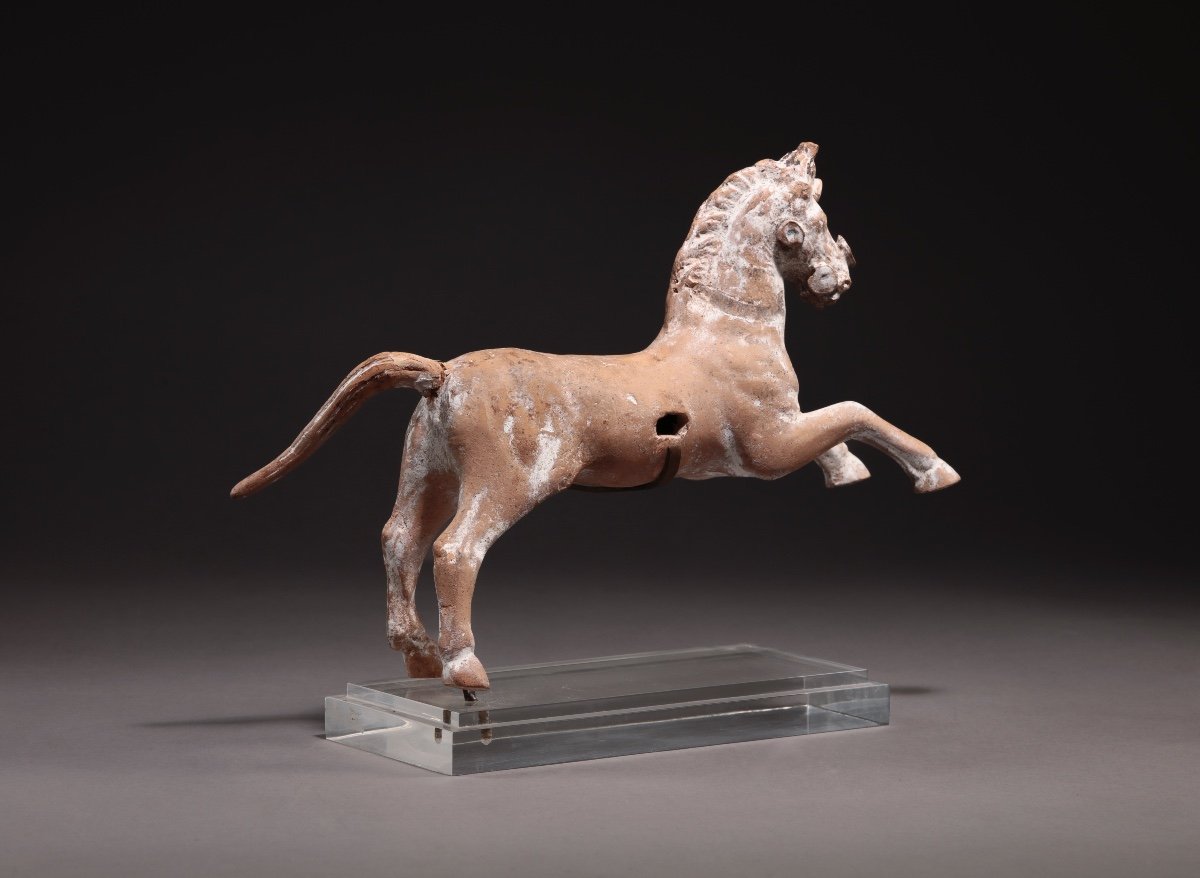






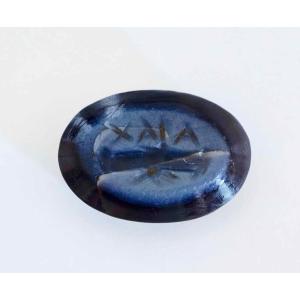


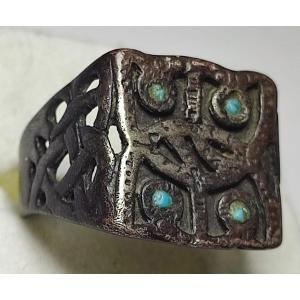

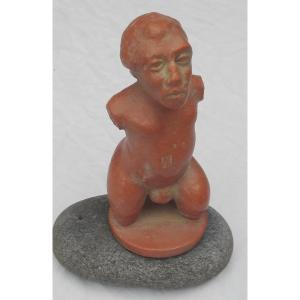



 Le Magazine de PROANTIC
Le Magazine de PROANTIC TRÉSORS Magazine
TRÉSORS Magazine Rivista Artiquariato
Rivista Artiquariato
